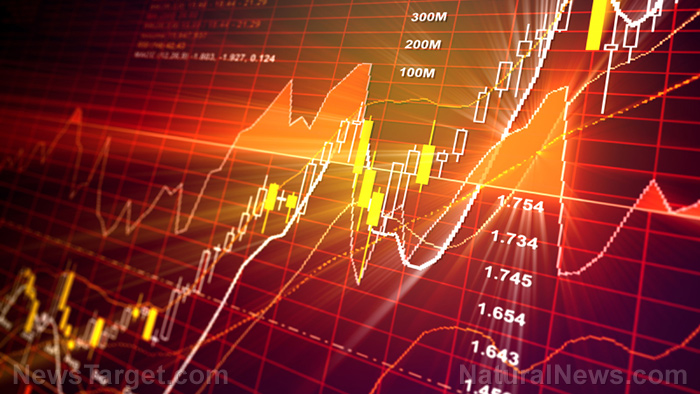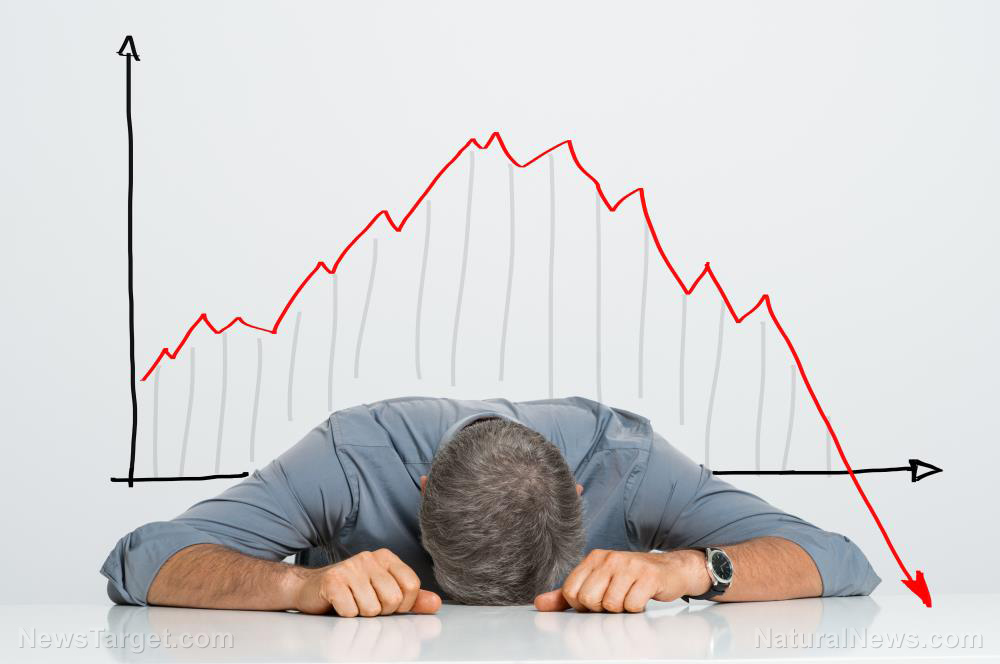
The United States economy grew at a two percent rate in the third quarter, the slowest since the end of the 2020 recession. This is largely due to supply chain issues marking deceleration in consumer spending that further stunted the expansion, according to the Department of Commerce.
It was the slowest gross domestic product (GDP) gain since the 31.2 percent plunge in the second quarter of 2020, encompassing the period during which the Wuhan coronavirus (COVID-19) turned into a global pandemic that resulted in a severe economic shutdown. That plunge resulted in severe unemployment and put a chokehold on activities across the country.
The declines in residential fixed investment and federal government spending helped hold back gains, as did the U.S. trade deficit, which widened to a near-record $73.3 billion back in August. These drops mostly offset increases in private inventory investment, which showed a gain in personal consumption, state and local government spending and nonresidential fixed investment.
Consumer spending increases
Consumer spending, which makes up the bulk of the U.S. economy, increased at a 1.6 percent pace for the most recent period after rising 12 percent in the second quarter. Spending for goods also decreased to 9.2 percent, which was spurred by the plunge in expenditures on longer-lasting goods like cars and appliances, while services spending increased 7.9 percent, a reduction from the 11.5 percent pace in the second quarter.
This downshift came amidst the decline in disposable personal income, which fell 25.7 percent in the second quarter as the government ended its release of stimulus payments.
Federal government spending also fell by 4.7 percent, which the Commerce Department said was due to a halt in services and processing for the Paycheck Protection Program, a pandemic-era initiative that aims to provide bridge funding to businesses impacted by the shutdown.
"Overall, this is a big disappointment given that the consensus expectation at the start of the quarter in July was for a 7.0 percent gain and even our own bearish 3.5 percent forecast proved to be too optimistic. We expect something of a rebound in the final quarter of this year – if only because motor vehicles won't be such a drag and any negative impact from delta should be reversed," said Paul Ashworth, chief U.S. economist at Capital Economics.
In a separate report, jobless claims totaled 281,000 for the week ending on October 23, a pandemic-era low that is better than the 289,000 estimates. That total marked a decrease from the previous week's 291,000. Other continuing claims also fell, with those receiving benefits under all programs dropping by 448,386 to 2.83 million.
Stock market futures also remained higher after the report, while government bond yield climbed.
The July to September period showed a major clogging of the U.S. supply chain, which dampened the economic recovery that began in April 2020 following the shortest but steepest recession in U.S. history.
Shortages in labor and demand for goods over services also contributed to supply chain bottlenecks, which are expected to continue until after the holiday season.
A survey of economists also called for a 2.6 percent increase in GDP as U.S. stock index futures held games as the dollar fell and the Department of the Treasury yields more.
Economy expected to bounce back in fourth quarter
Despite the weakness in the past quarter, economists still believe that the U.S. will bounce back in the fourth quarter and continue to grow into 2022, considering that the COVID-19 delta variant situation has reversed in much of the country. Consumer activity, especially in the vital services part of the economy, has finally picked up and could fuel a burst in spending. (Related: Biden prioritizes gender-based issues over supply shortages and inflation.)
"As delta cases continue to subside, there may be more growth in the fourth-quarter as consumers will be more willing to spend on services involving in-person interactions. The supply chain challenges, however, will likely continue until next year making it difficult to satisfy increased consumer demand," said Dawit Kebede, senior economist at Credit Union National Association.
Companies also noted the issues with supply chains in the current earnings season, with many saying that customers are willing to pay for higher prices. This helped fuel inflation, which is running close to a 30-year high and is expected by most economists to cool down next year as data indicated that the pace of inflation finally took a step back.
Follow Bubble.news for more news related to the U.S. economy.
Sources include:
Please contact us for more information.



















